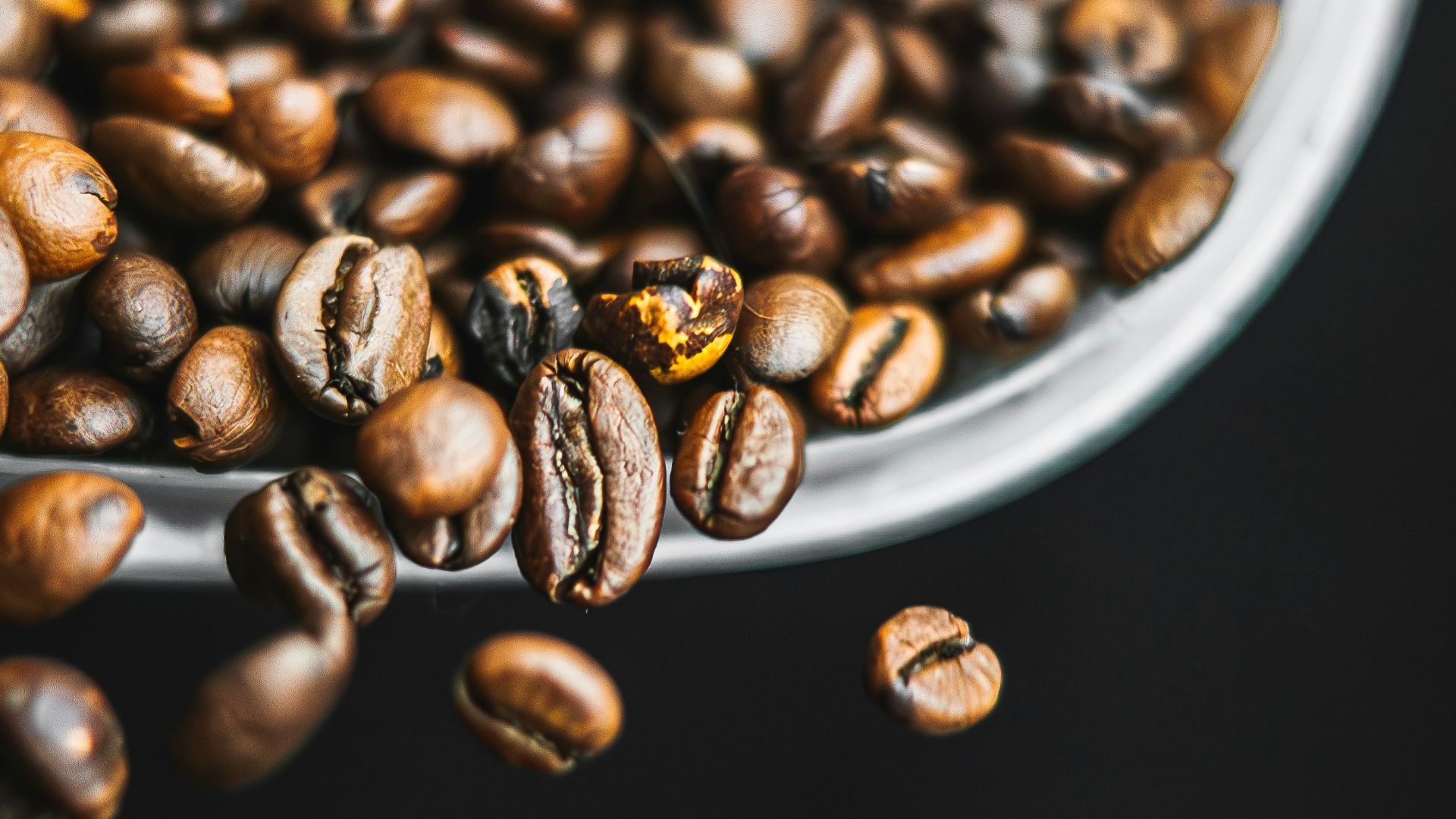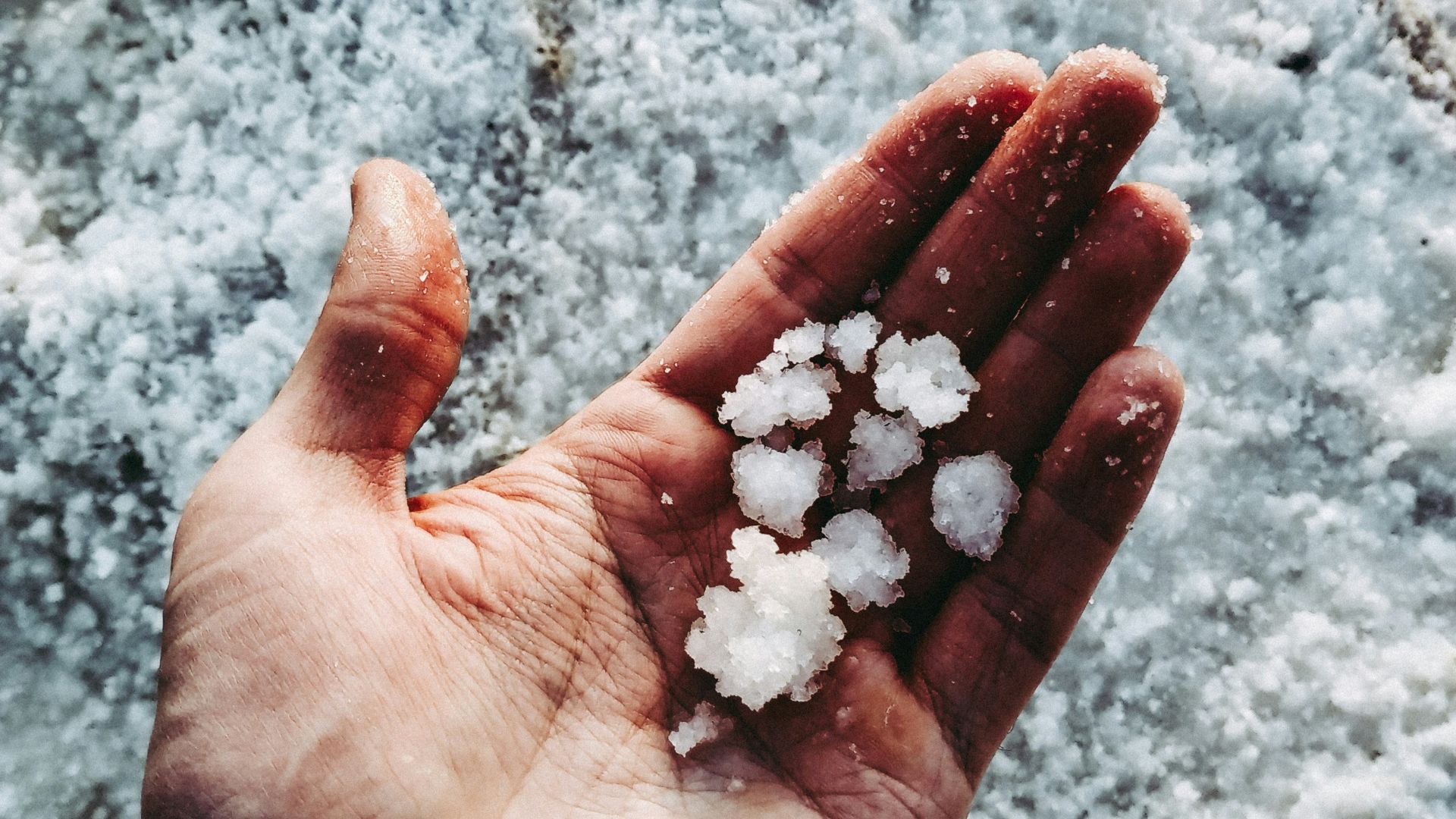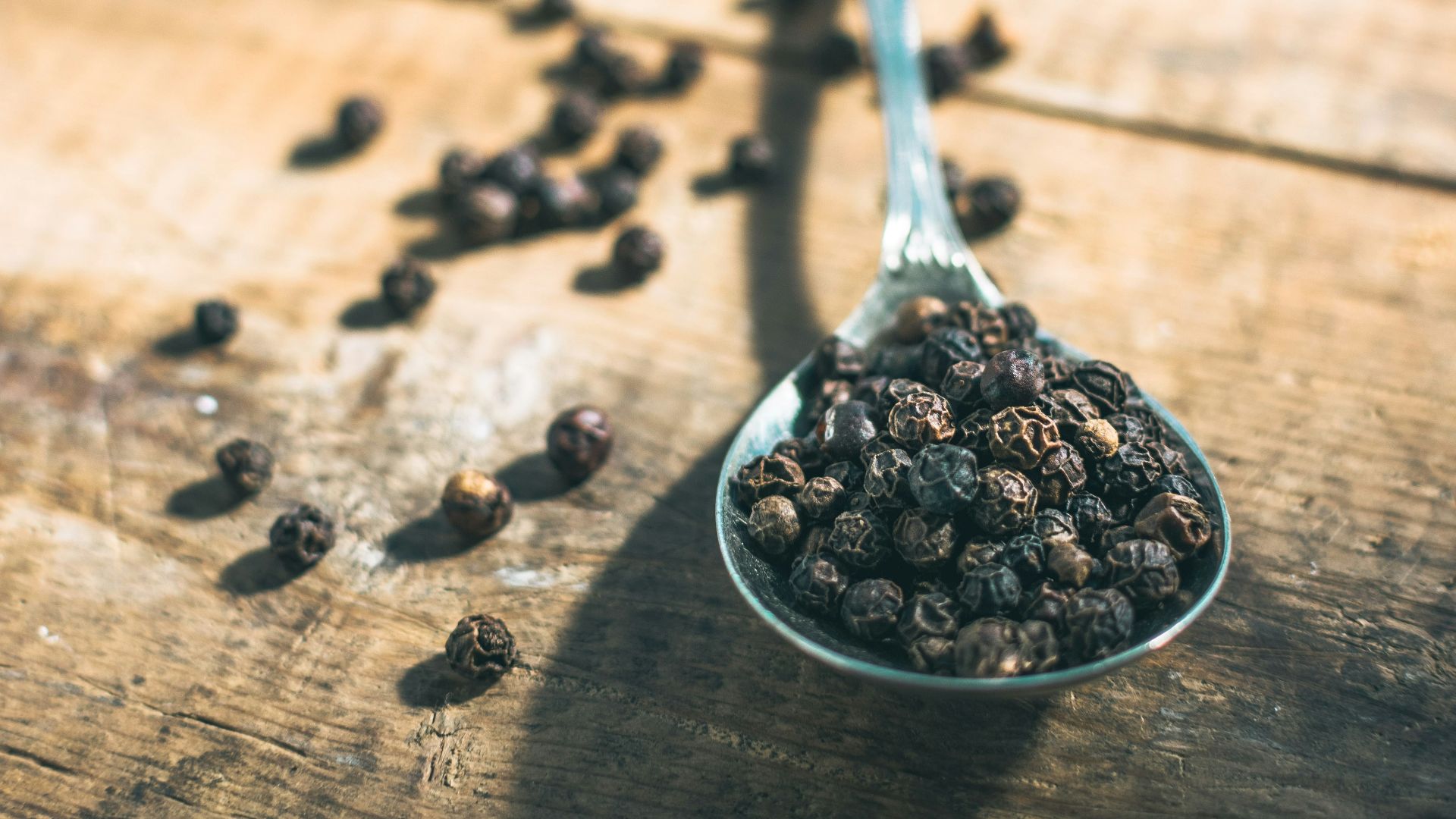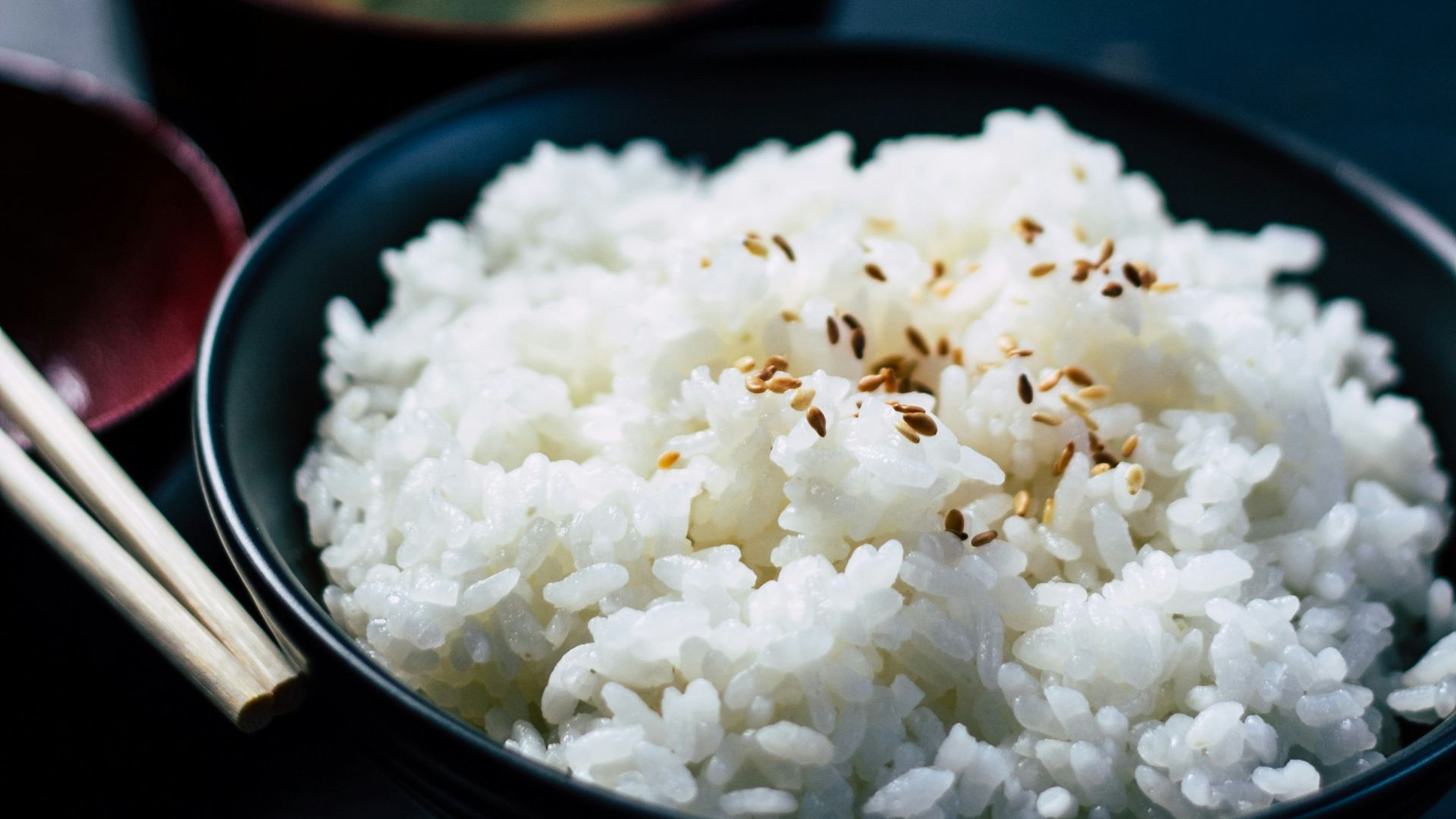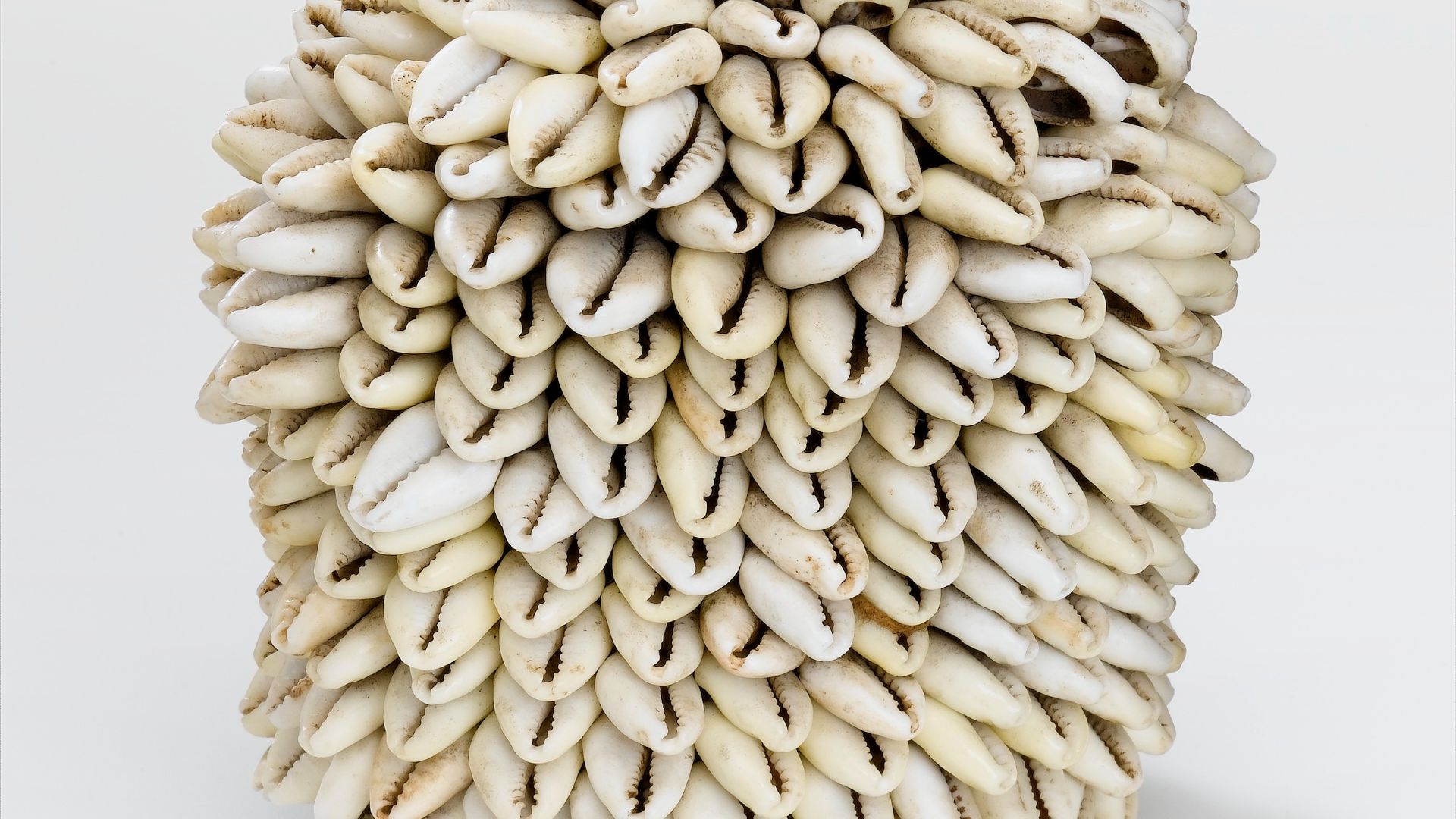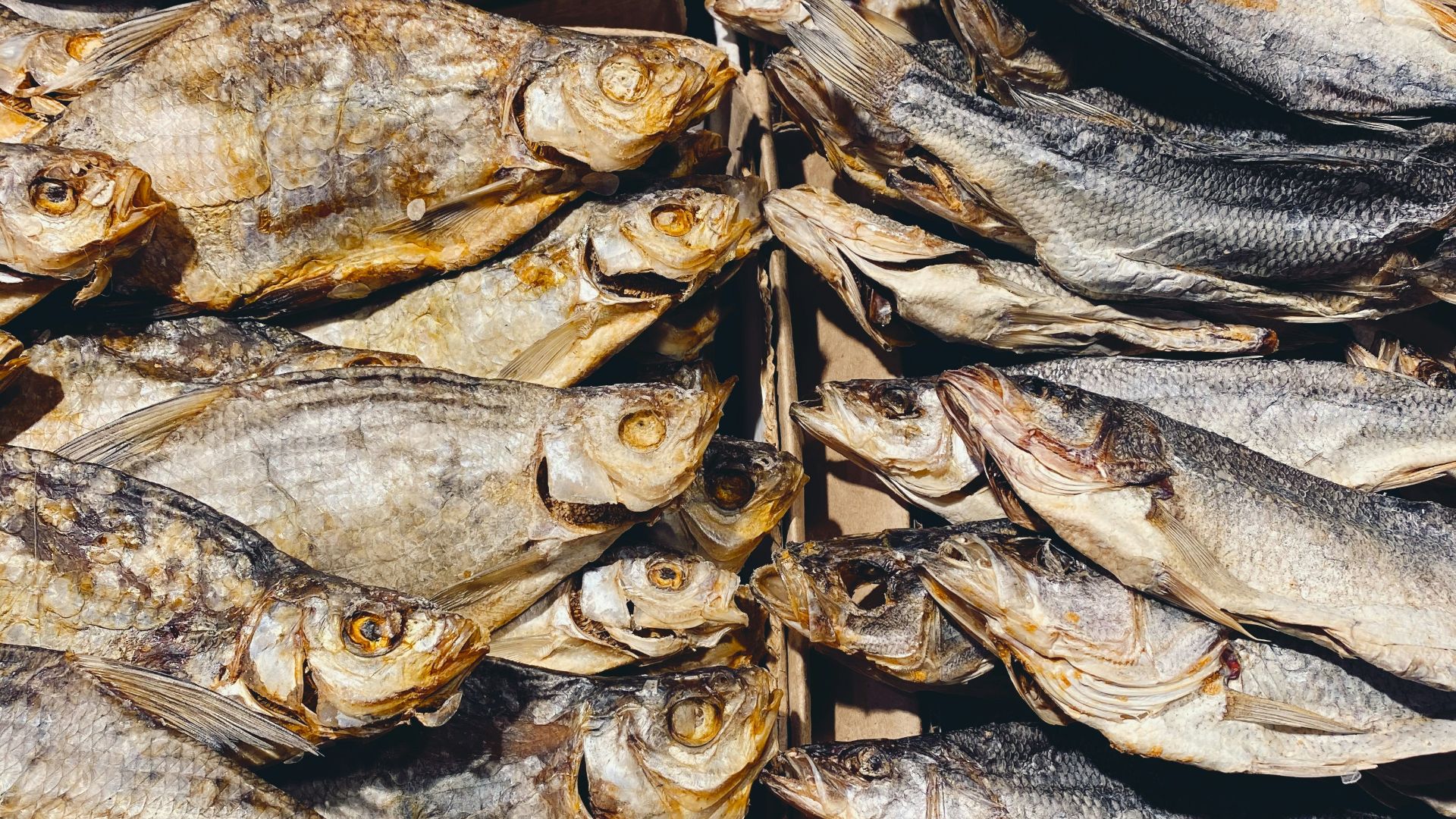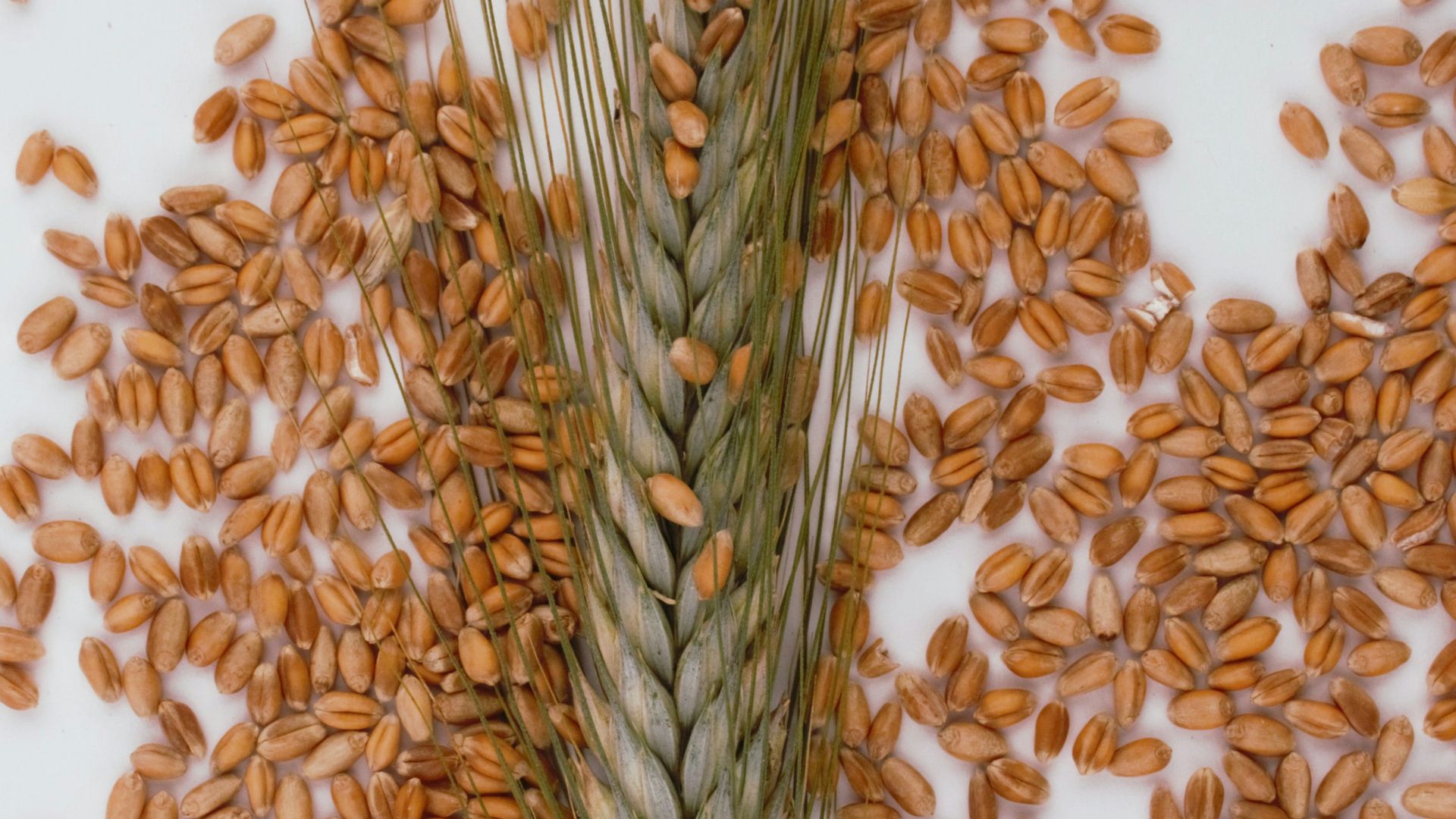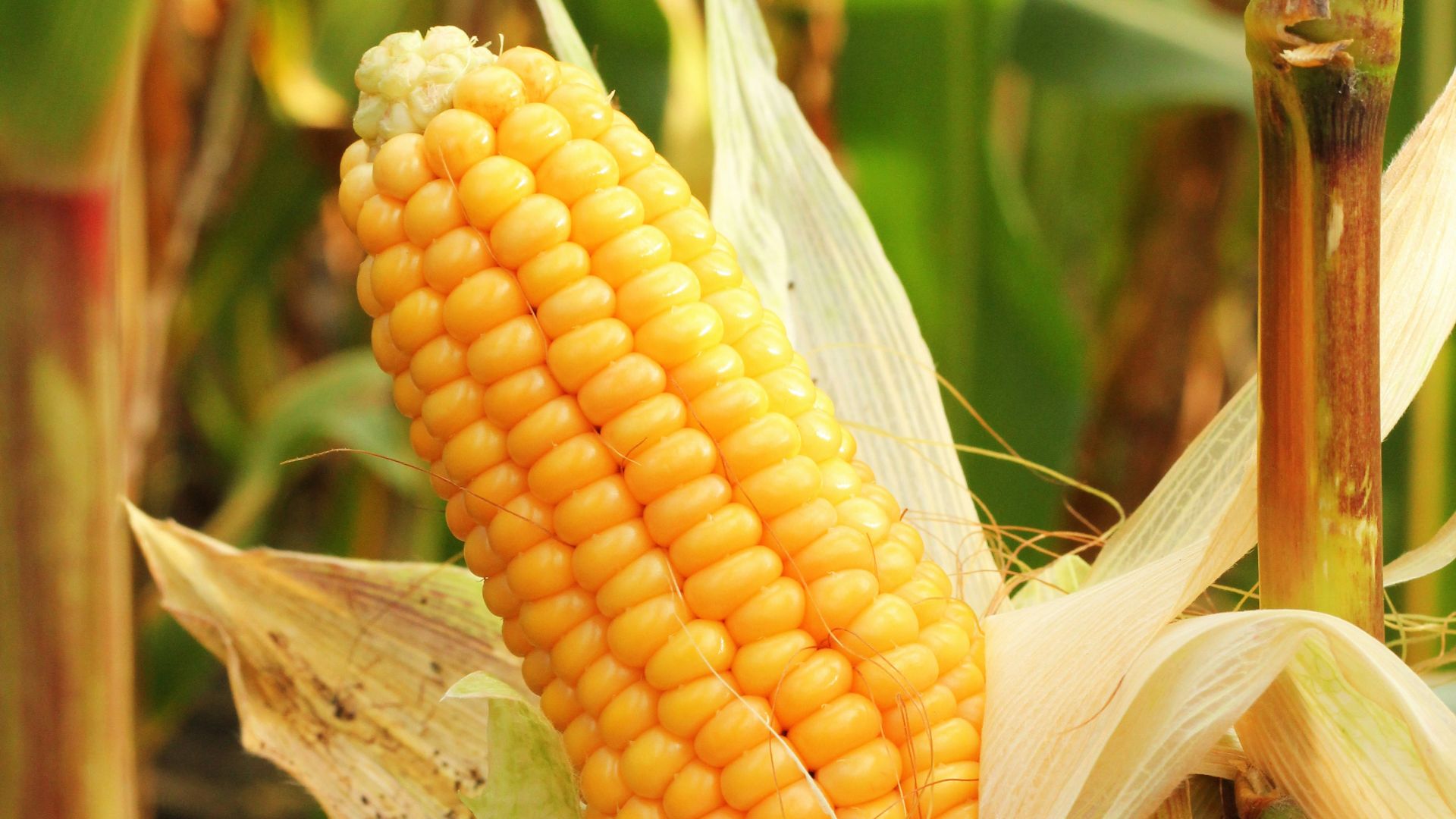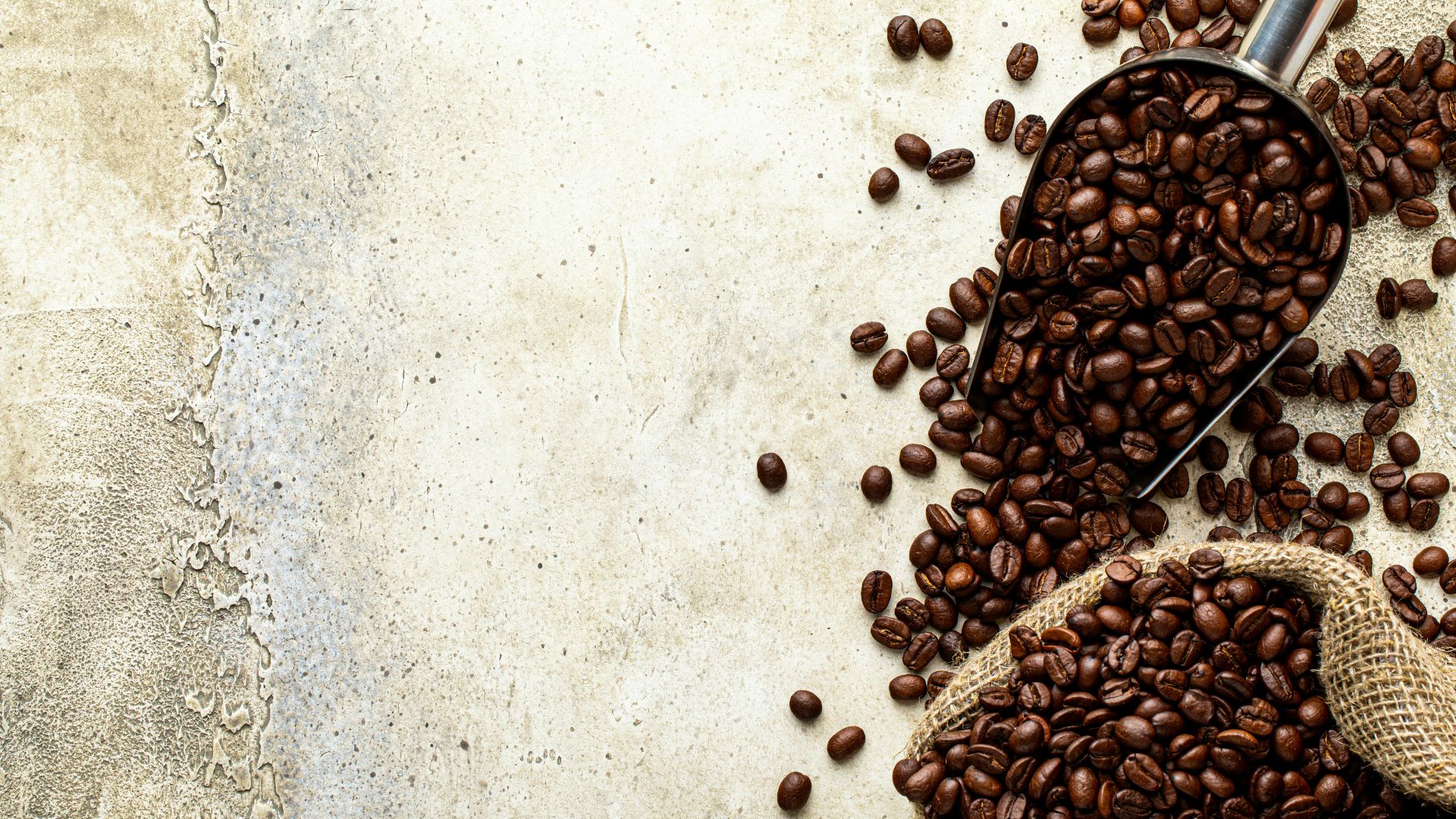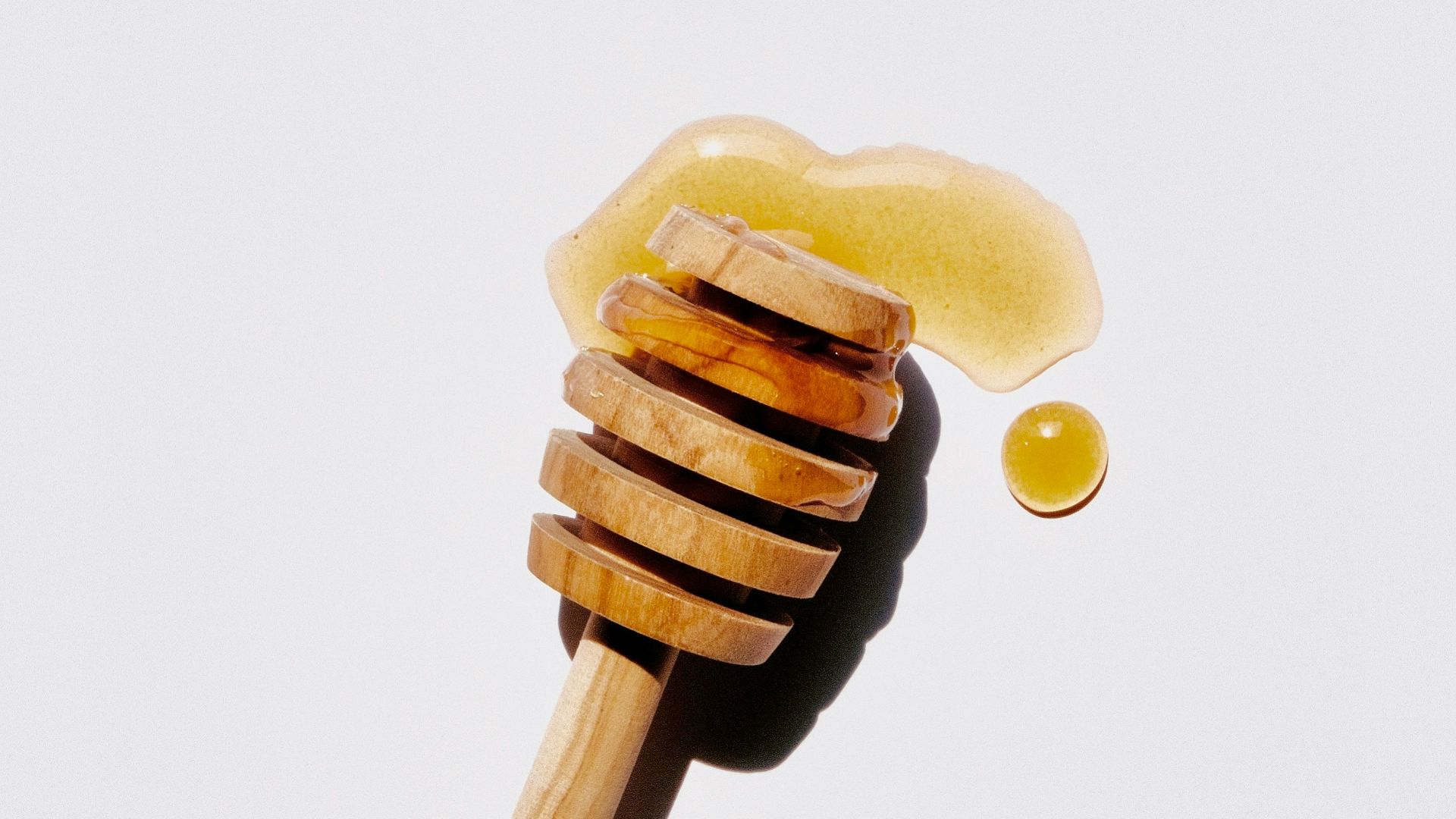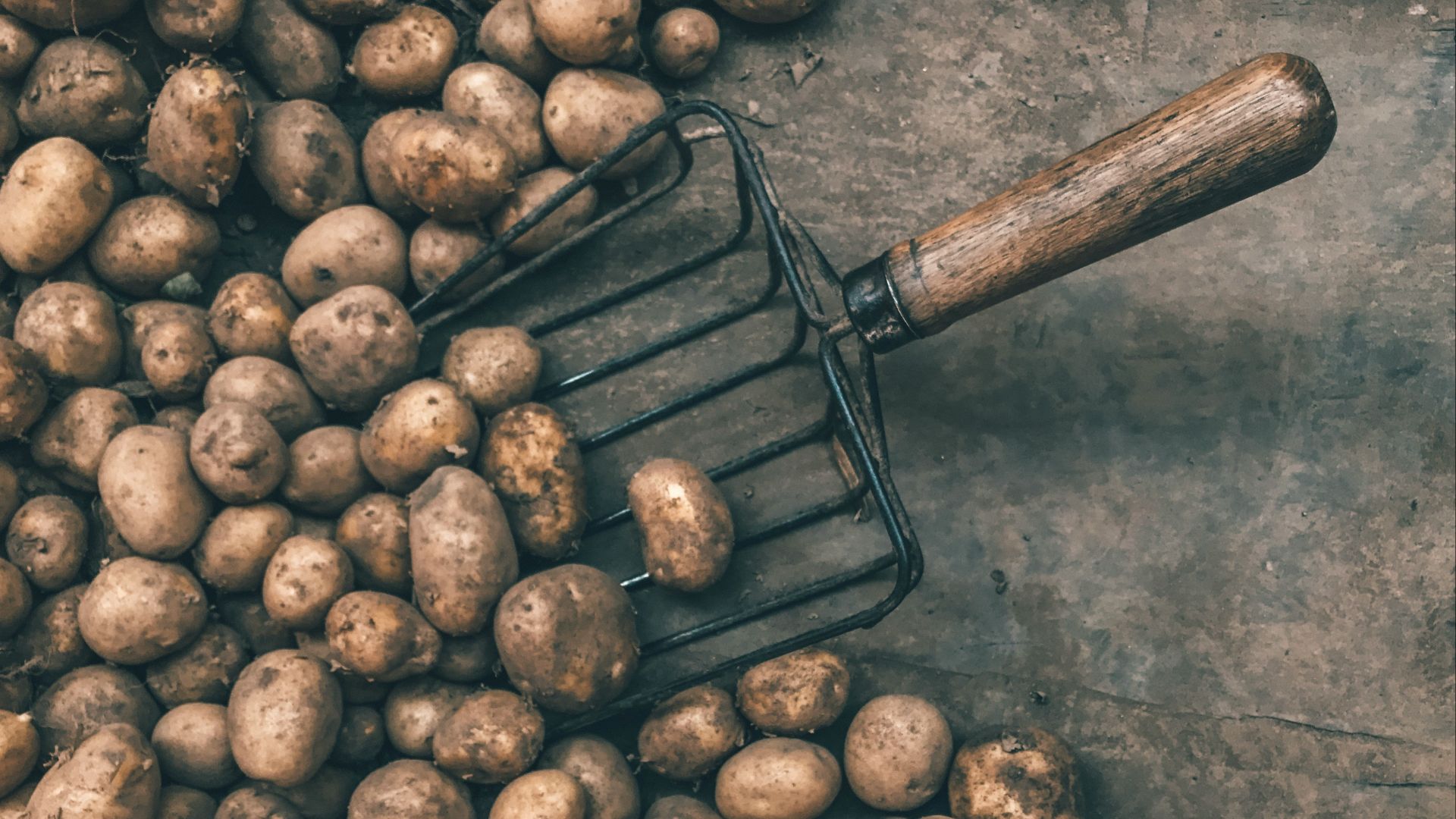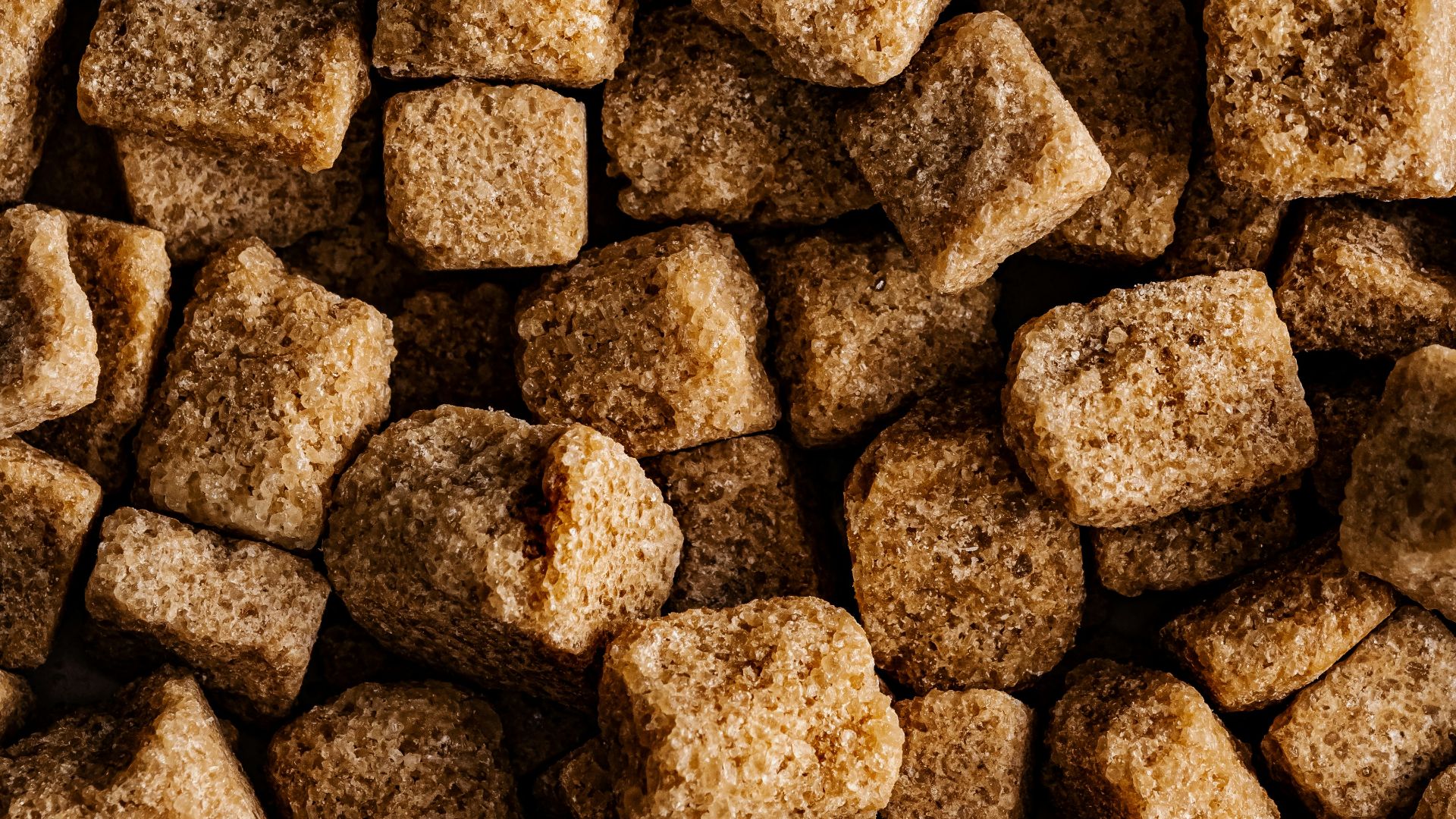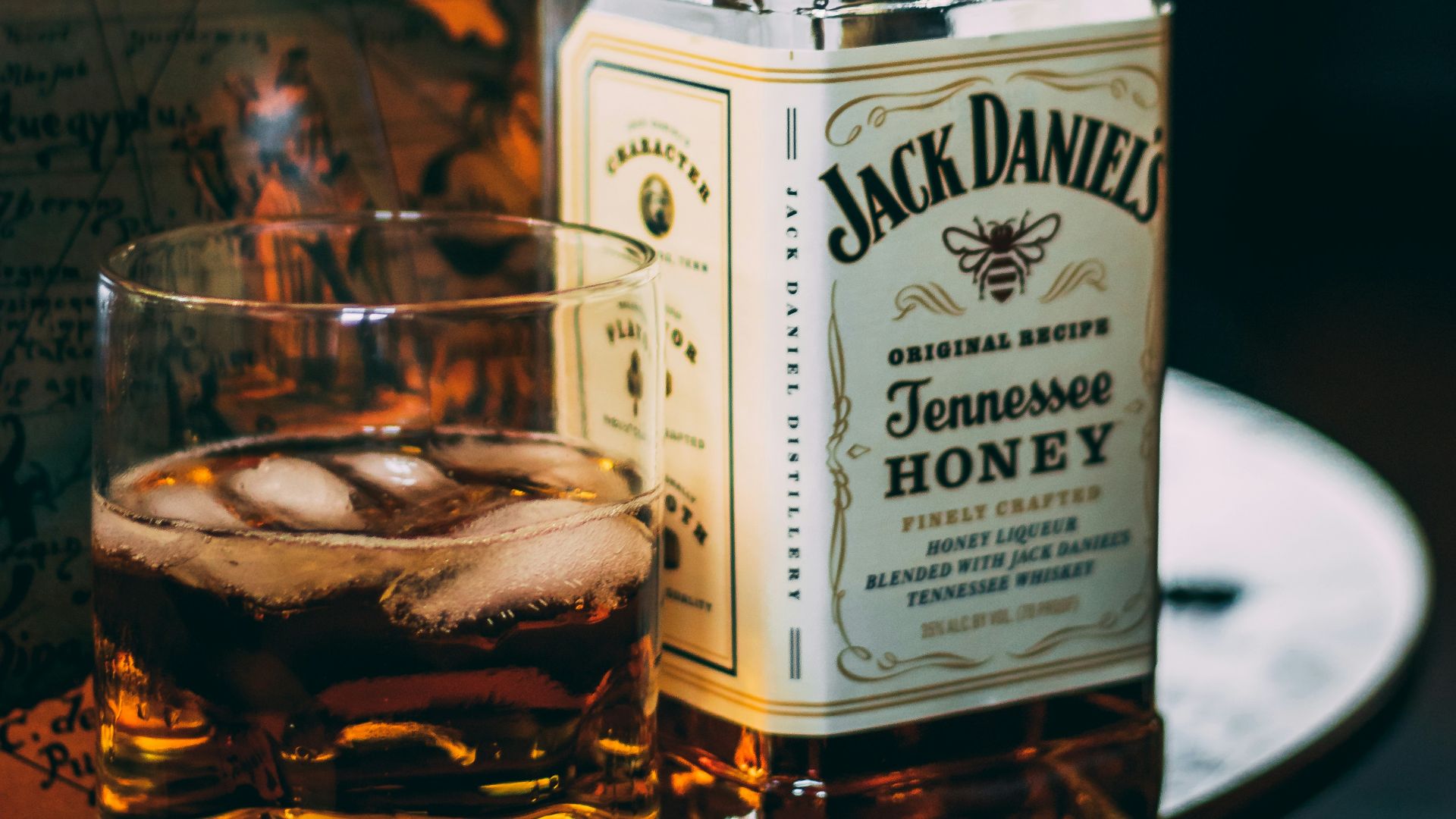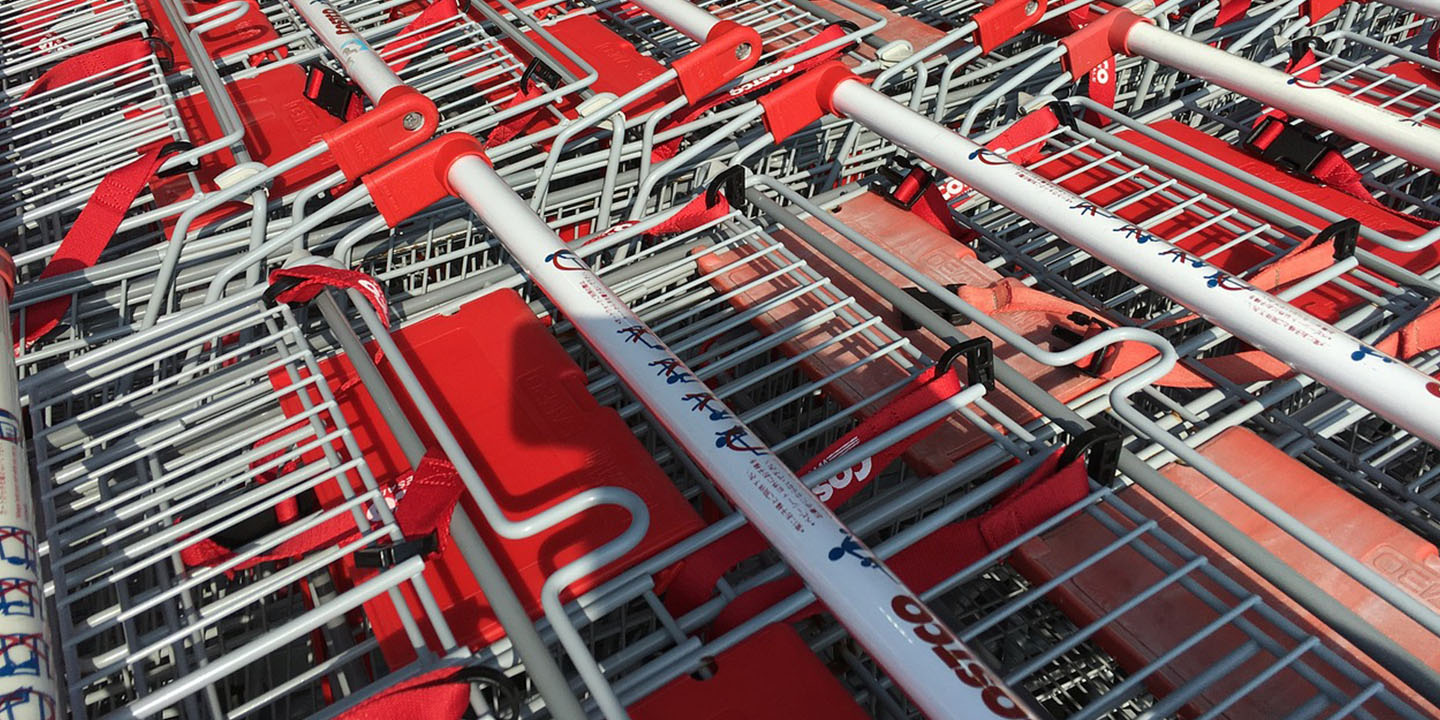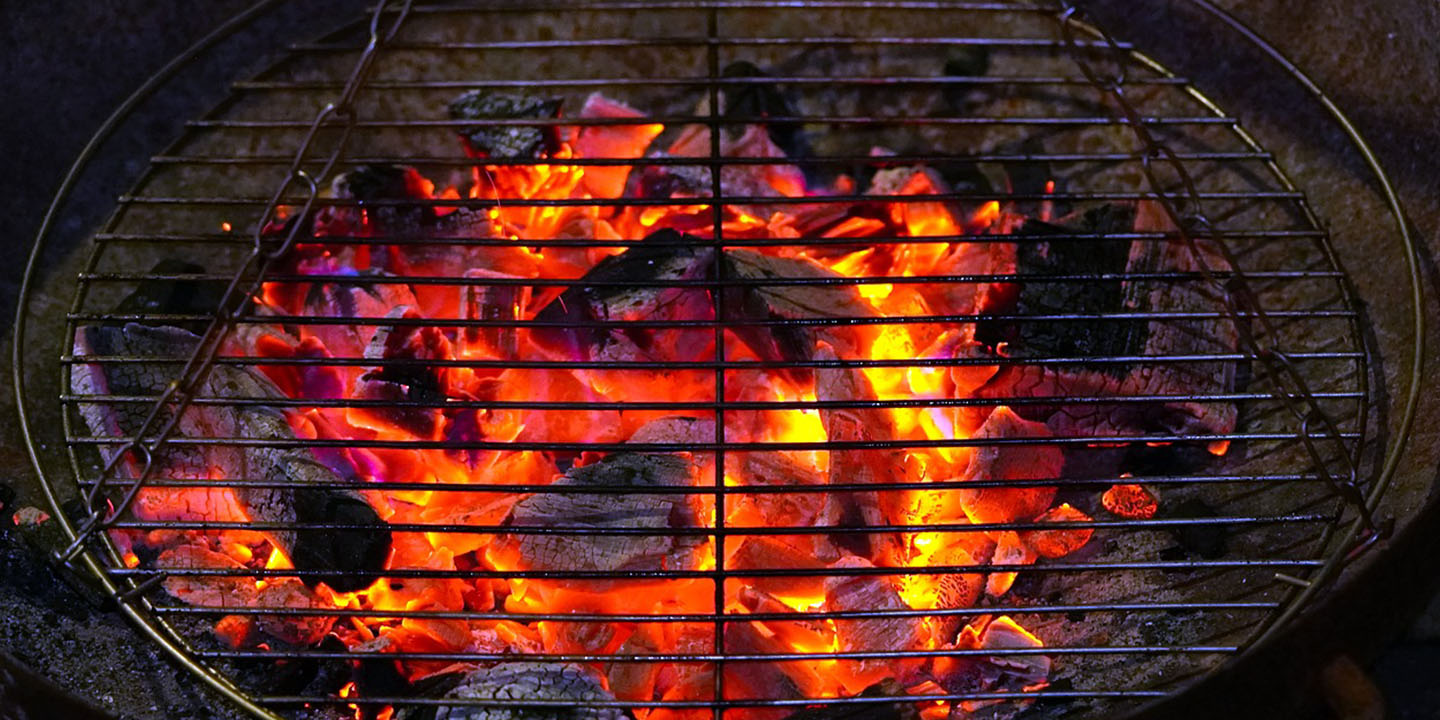How Trade Shaped the Earliest Economies
Long before gold coins clinked in purses or paper bills slid across counters, people paid for things with food. Not metaphorically—literally. In the days when salt was unimaginably precious and laborious to source, it could be used to buy you land or pay the wages of your workers. Other items like spices and cacao that required transport from across the world were equally precious. These luxuries we take for granted today once represented wealth and influence. Whole civilizations were basically built on the backs of edible goods that could last long enough not to rot before the deal was done. Here are twenty foods that were once used as currency.
1. Salt
Salt is the original salary in the truest sense of the word. Roman soldiers were sometimes paid in salt, which is where the word salary comes from. It was precious enough to trigger wars and fund the construction of roads. A bag of salt could buy livestock or loyalty, depending on the century.
2. Cacao Beans
The Mayans and Aztecs traded cacao beans like savory treasure. It was so valuable as a currency that people even made counterfeit beans out of clay. The only catch of having money that could be prepared into chocolate was that you had to resist the urge to eat your wealth away.
3. Peppercorns
During the Middle Ages, pepper was worth its weight in gold. A single handful could pay a month’s rent in some cities. It’s a difficult concept to grasp when the grocery store aisle sells generous containers of the stuff for a handful of dollars. It’s practically a staple these days.
4. Rice
In parts of Asia, rice wasn’t just food—it was a means of paying wages, dowries, and taxes. Feudal lords in Japan measured wealth by koku, the amount of rice needed to feed one person for a year. When you’re paying rent in grain, you think differently about every spilled handful.
5. Tea Bricks
Compressed blocks of tea leaves once circulated as money in China, Tibet, and Mongolia. Soldiers carried them in fragrant bundles; traders shaved off pieces for small purchases. Imagine peeling off a corner of your paycheck to brew a cup.
 CEphoto, Uwe Aranas on Wikimedia
CEphoto, Uwe Aranas on Wikimedia
6. Cheese
In medieval Europe, wheels of cheese were serious business. Monasteries produced them as both sustenance and currency. Hard cheeses like Parmesan were valuable because they aged well and could be transported long distances without spoiling. The saying “worth his weight in cheese” could very well have found its way into our lexicon had history gone a different way.
7. Cowrie Shells
Although technically not food, these tiny sea snails’ shells once served as currency across Africa and Asia. Some historians argue they became valuable because they resembled seeds or grains—the real early wealth. The idea of food-adjacent money feels like a natural halfway point in the evolution of currencies.
8. Tobacco
Colonial Virginia practically ran on tobacco as currency. Farmers paid taxes with it, bought clothes, and even settled debts in dried leaves. There’s a strange irony in building society on a commodity that goes up in smoke.
9. Dried Fish
In coastal communities, fish wasn’t just dinner; it was a means of settling up. Salted cod from the North Atlantic became one of the first global commodities and was so heavily traded between Europe and the Americas that the species almost went extinct. Fishermen were basically walking mints, hauling silver-scaled currency from the sea.
10. Grain
Ancient Mesopotamia recorded wages in barley rather than coins. Temples played double duty as both granaries and places of worship. Workers were often paid in measured rations and were given enough barley to feed a family for a few days, or to trade for oil, beer, or cloth in the local market.
11. Olive Oil
In Greece, Rome, and Egypt, olive oil once flowed through markets like liquid gold. It was an incredibly versatile product that you could use to light your home, heal wounds, or fry your food. Its versatility made it more than a luxury; it was a staple of daily life. One amphora could represent weeks of labor or a year of goodwill.
12. Corn (Maize)
In the Americas, corn fed armies and fueled whole economies. The Inca used it in ceremonial offerings but also in a tax system where villages owed a certain amount of maize to the empire. In many ways, corn remains equally important today—if not more so. The same plant is so ubiquitous in our food supply it can almost be said to underpin our society.
13. Butter
Yes, butter. In medieval Scandinavia, it could be used to pay rent, to tithe, and to trade. Landlords demanded it in large barrels, salted to survive the winter. Butter stores were wealth vaults in wooden form. And if times got hard, you could always eat your savings.
14. Coffee Beans
When coffee first reached Africa and Arabia, the beans themselves were used as a form of currency. In Ethiopia, tribes bartered coffee for livestock, and a few handfuls could buy a goat. Think of that the next time you grumble about $6 lattes.
15. Spices (All of Them)
Nutmeg, cloves, and cinnamon were just some of the spices that built fortunes and toppled whole kingdoms. Whole expeditions set sail in wooden ships just to find better routes for pepper and cinnamon. These weren’t flavorings; they were financial instruments of power and privilege. Once upon a time, a pound of nutmeg could buy a house in London.
16. Honey
In ancient Slavic regions, honey was a form of tribute and tax payment. Its sweetness masked its seriousness. Even the word honeymoon comes from the tradition of paying newlyweds in mead—fermented honey—to ensure prosperity.
17. Livestock
Cows, goats, and pigs are another classic currency. The word capital even traces back to capita, meaning “head” of cattle. Wealth wasn’t theoretical; it mooed, it smelled, and it needed feeding. It’s easy to see why coins eventually won out: they don’t wander off.
18. Potatoes
In parts of 19th-century Ireland and the Andes, potatoes went beyond sustenance to become a survival staple. During the height of this trade, sacks of potatoes became bargaining chips that were used to barter for rent, tools, and even safe passage. When famine struck in Ireland, killing off the potato crop, millions starved.
19. Sugar
Sugar plantations minted wealth in the early Caribbean colonies. For centuries, sugar was as precious as silver and was traded by the pound. Slaves from Africa were put to work on plantations, and their forced labor fueled an empire where sweetness and suffering were intertwined.
20. Whiskey
During America’s frontier days, whiskey was as good as money. Farmers distilled excess grain into liquid currency that traveled better than wheat. In 1794, when the government tried to tax it, people revolted. The Whiskey Rebellion wasn’t just about booze; it was about the tax on people’s income.


